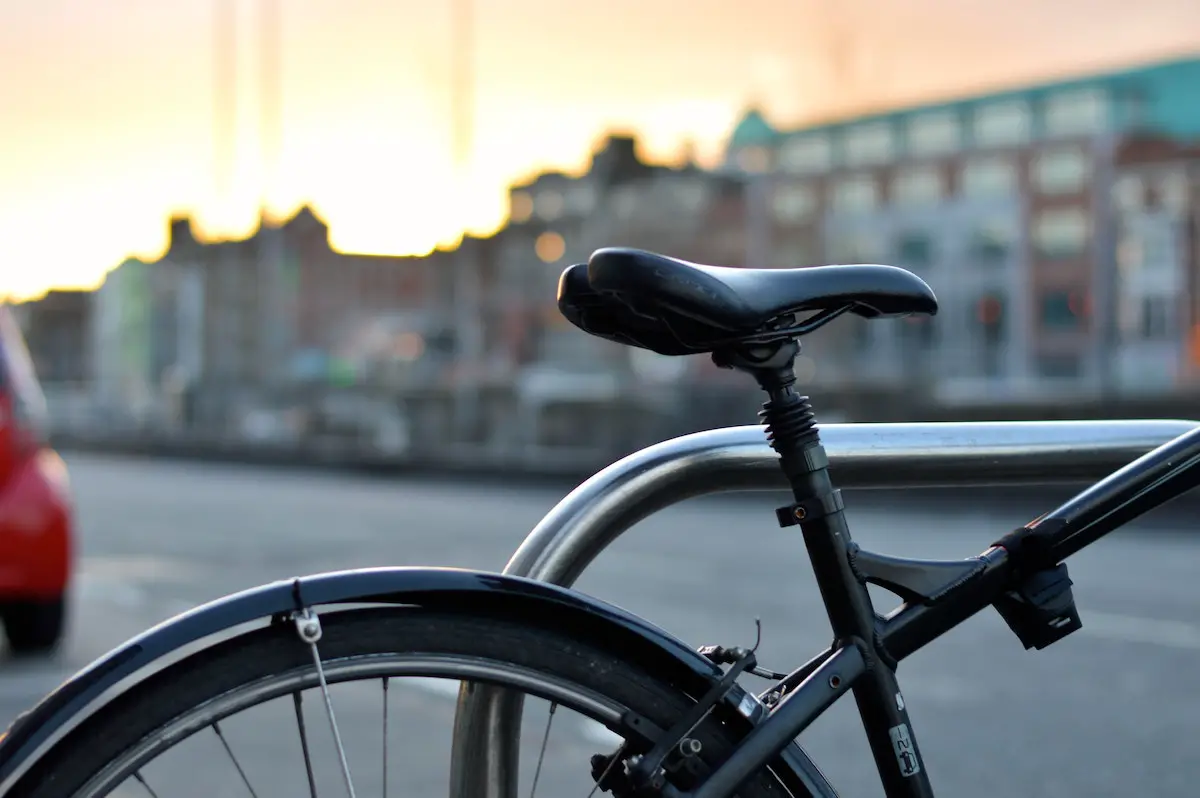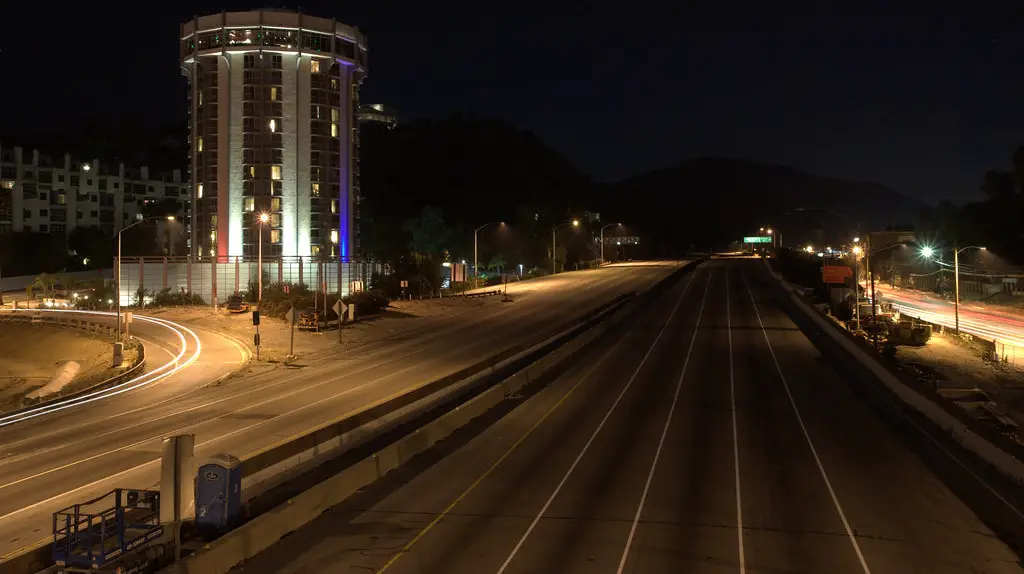A stream of infrastructure-related tragedy has trickled through China in the last few weeks raising emotional questions for domestic mourners and technical ones for foreign analysts. Today’s high-speed rail accident covered the front of page of the New York Times website and was especially shaking for both camps: the twisted carriages are disturbing not only because they lay in a heap but because of their sheer scale. There is little argument that the Middle Kingdom has led infrastructure development from the front in building thousands of miles of highway, connecting east and west with relatively affordable high speed rail lines, and dotting the country with new subway systems and airports faster than the world has known. The Times highlights the more vulnerable aspects of such a leap forward:
The wreck is one of several high-profile public transportation accidents in China recently. Early Friday, 41 people died when an overloaded bus caught fire in central China’s Henan province. Earlier this month, an escalator at a subway station in Beijing collapsed, killing one and injuring 28. Last week alone, four bridges collapsed in various Chinese cities.
Accidents happen, but almost a half a dozen accidents in the course of a few weeks should give even the most stone-faced Chinese official pause. Of course, china isn’t alone in letting safety lapse over cost or speed concerns —the U.S. bridge and highway stock has been called into question dozens of times in the past decade, especially after the collapse of a major bridge in Minnesota in 2007 that killed 13 people and injured 145. What makes China unique in its criticisms is its singular speed of development and many feel as though the race to make China a beacon for developing infrastructure has thrown the safety of the people who actually use it to the shoulder.
There is something to be said about the power of deliberation when it comes to safety and infrastructure. The glacial pace of this country’s Department of Transportation stems as much from politicking as it does from the complex engineering tasks involved with building a new highway or high-speed rail. Though there doesn’t seem to be any trouble with telling people exactly what they can’t do on roads.
Is there an available third way somewhere? Americans and Chinese don’t need to look farther than their geographical midpoint —no, not Hawaii— in Europe to see what balanced infrastructure development looks like. Major and minor metropolises in Europe are in the middle of a progressive infrastructure boom, with countries like Spain investing billions in high-speed rail and other transportation projects and improved bus and transit systems dominating the landscape. The safety record in Europe is also comparatively pristine even when compared to the U.S. which prides itself on no-nonsense engineering and would rather make sure the wheel is up to code rather than reinvent it. European transportation policy, collectively and on an individual nation level, has been progressive without sacrificing the more boring, yet exceedingly important, aspects of infrastructure planning like safety and accountability.
China understandably wants to harvest the most potential from their white-hot economy and infrastructure investment yields consumer and industrial benefits on large scales. Moving people and product is a lot more important than people realize, but losing a gross of grain or steel beams is quite a different disaster than an HSR carriage tumble into a ravine.
One of Noam Chomsky’s more powerful, and typically enflaming, polemics, Profit Over People, presents the alliterative left wing axiom over the course of a couple hundred pages. While more an indictment of corporate avarice ruling over magnanimity, many in China feel as though their country’s hunger to catch up to the post-industrial world has led to wrecked trains, buses, and bridges. China needs to be given credit for pushing an aggressive infrastructure development plan but the recent record of accidents and oversights is indicative of a government directive that wants economic progress more than effective policy. And for those who would say that the rising tide of the Chinese economy will eventually float even the tiniest dinghy, the pictures from today’s wreckage show that the bodies on the road to economic hegemony are not, in fact, figurative.
Photo: Lau Keith


